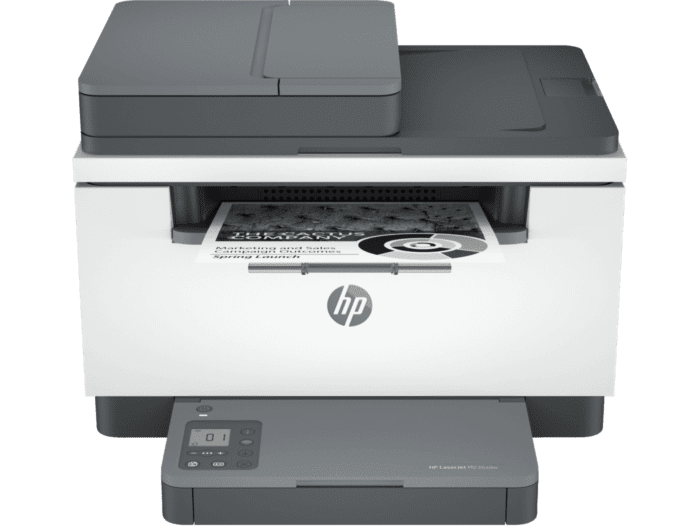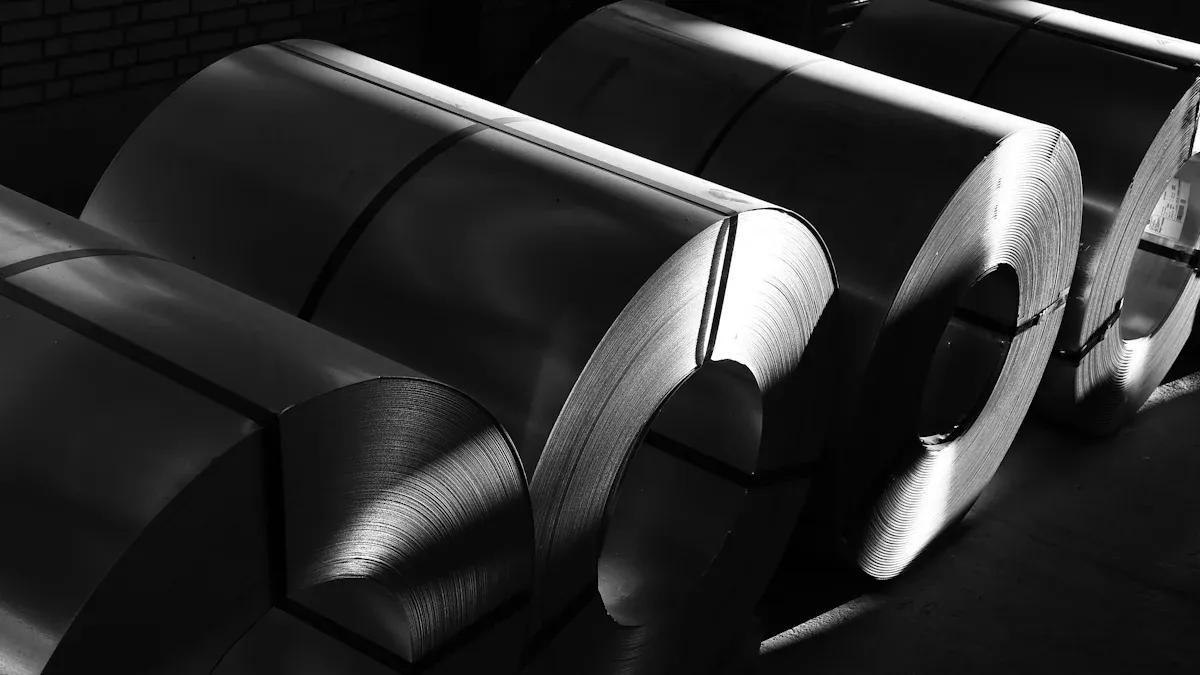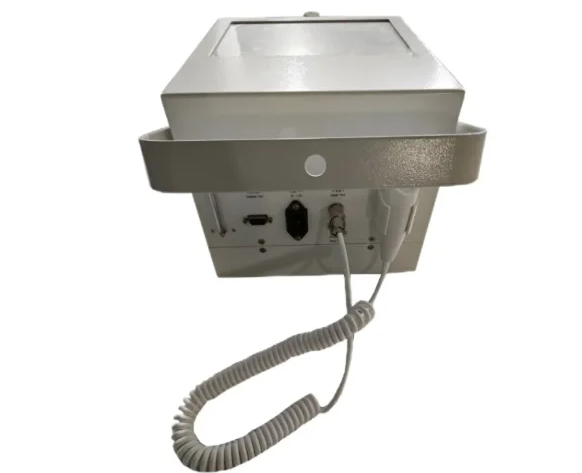
Home printers have become an essential tool for many individuals and families, allowing us to conveniently print documents, photos, and other materials from the comfort of our own homes. However, like any electronic device, home printers have a limited lifespan. In this article, we will delve into the factors that affect the longevity of home printers and provide insights into how long you can expect them to last.
- Build Quality and Brand Reputation:
The lifespan of a home printer is greatly influenced by its build quality and the reputation of the brand. Well-known brands with a history of producing reliable and durable printers tend to have longer-lasting models. These printers are often constructed with high-quality materials, ensuring their longevity. It is advisable to invest in a reputable brand to increase the chances of owning a printer that will stand the test of time. - Printer Usage and Maintenance:
Another crucial factor that determines the lifespan of a home printer is how frequently and intensively it is used, as well as the level of maintenance it receives. Printers that are used extensively or for heavy-duty tasks, such as printing large volumes of documents or high-resolution photos, may experience more wear and tear, potentially shortening their lifespan. Regular maintenance, such as cleaning the print heads and replacing ink cartridges when necessary, can significantly extend the printer's life. - Technological Advancements:
The rapid pace of technological advancements in the printing industry also affects the lifespan of home printers. As new technologies emerge, older printer models may become outdated and unsupported, leading to a shorter lifespan. Manufacturers often discontinue support and stop releasing driver updates for older models, making it challenging to maintain compatibility with newer operating systems and software. Therefore, it is essential to consider the age of a printer model and the manufacturer's commitment to providing ongoing support before making a purchase. - Environmental Factors:
The environment in which a home printer is placed can impact its lifespan. Factors such as temperature, humidity, and dust levels can affect the internal components of the printer. Extreme temperatures or high humidity can cause damage to sensitive parts, while excessive dust can clog the printer's mechanisms. It is advisable to keep the printer in a clean and well-ventilated area, away from direct sunlight and sources of moisture, to ensure optimal performance and longevity.
Conclusion:
In conclusion, the lifespan of a home printer can vary depending on several factors. While there is no definitive answer to how long a printer will last, considering the build quality, brand reputation, usage, maintenance, technological advancements, and environmental factors can help determine its longevity. By investing in a reputable brand, using the printer responsibly, performing regular maintenance, and creating a suitable environment, you can maximize the lifespan of your home printer and enjoy its benefits for years to come.



